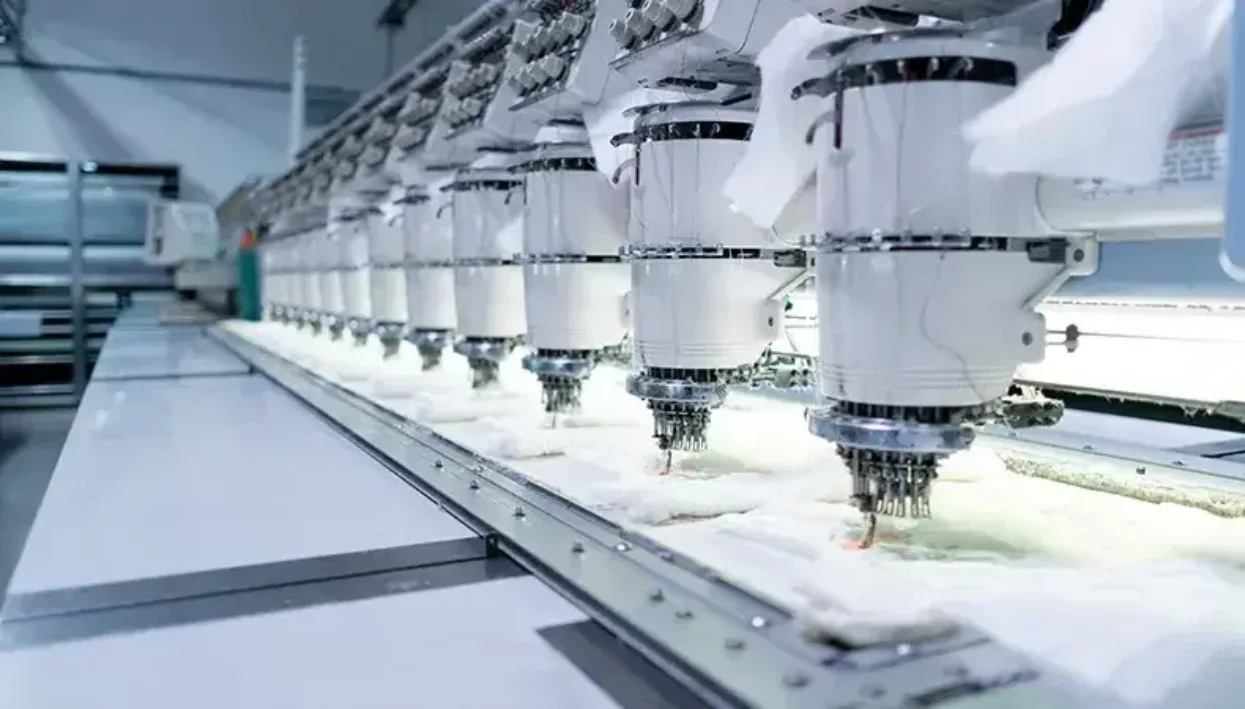Digital Printing
Garment Printing
Fabric’s future looks durable
Author
FESPA Staff
Published Date
12/02/2019
Become a FESPA Member
to Continue Reading
